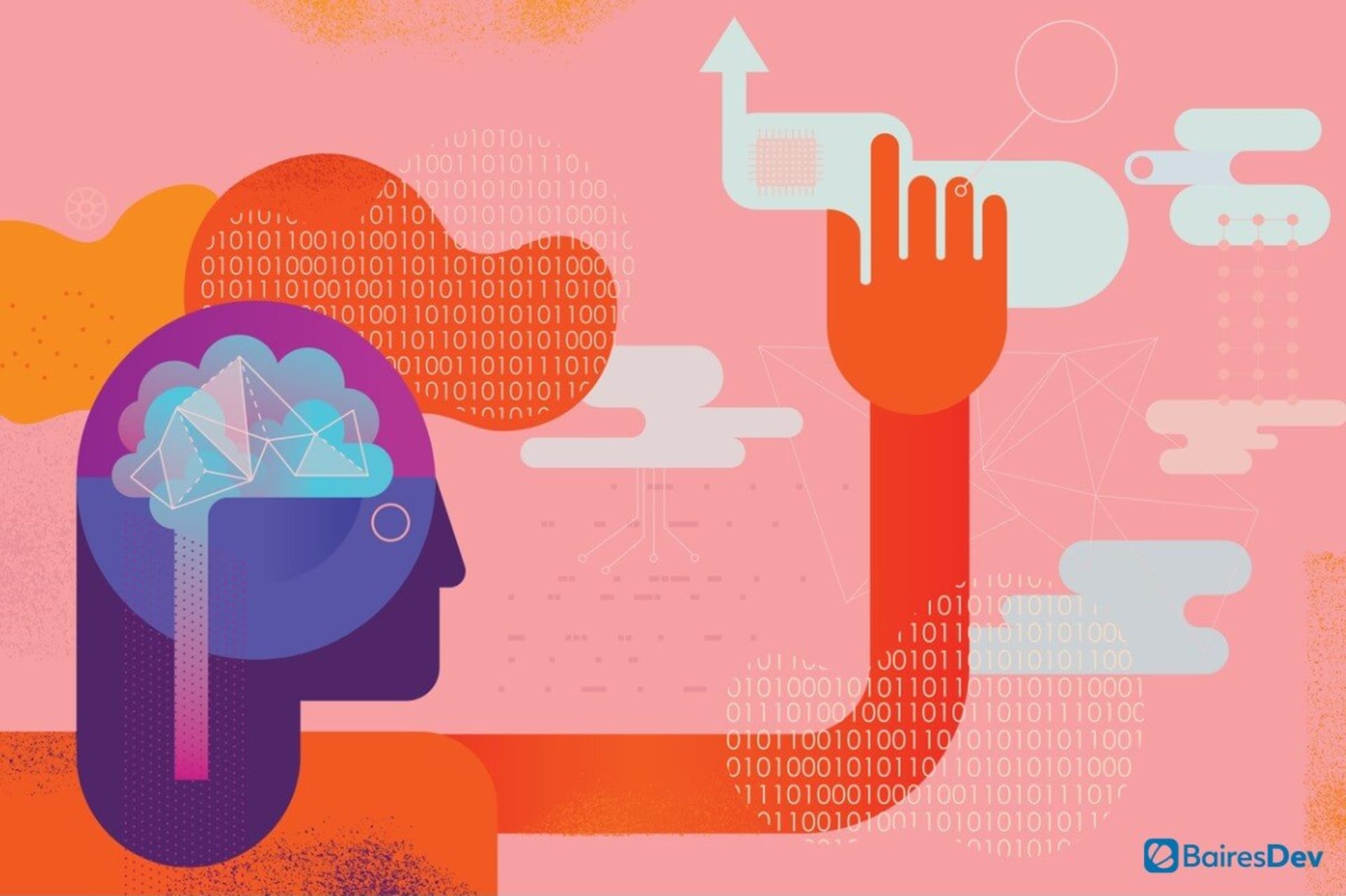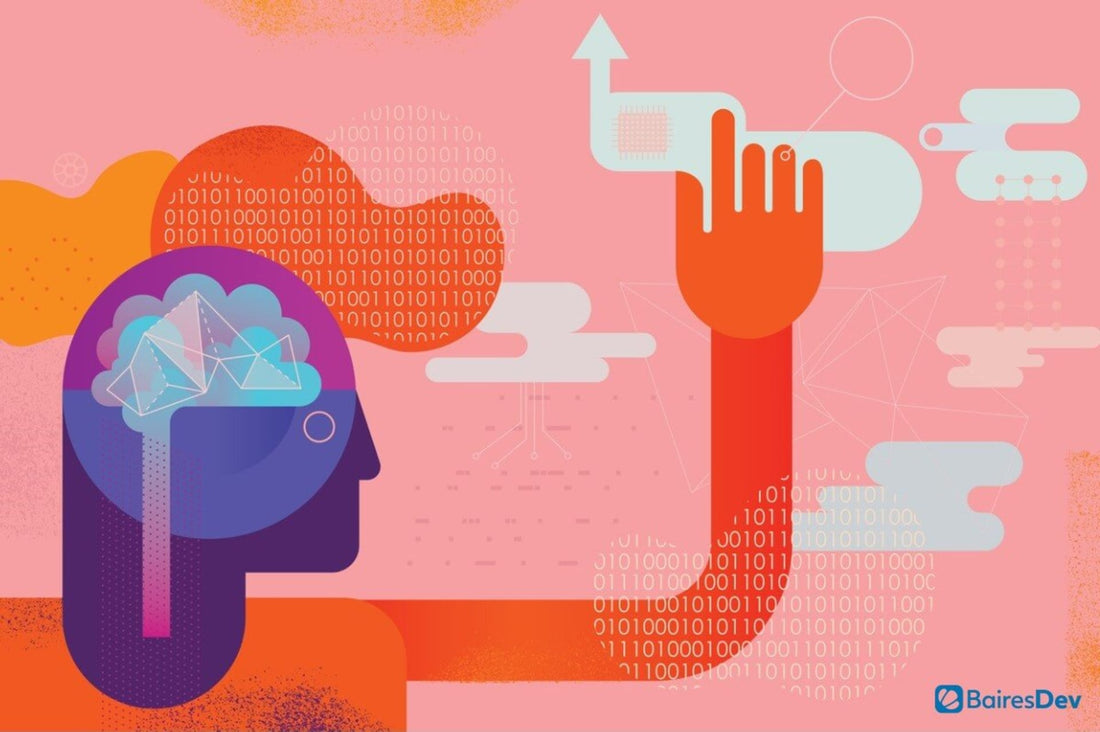While AI is still highly useful in a wide variety of business situations, these and other problems have not yet been resolved.

Artificial intelligence (AI) is involved in many aspects of modern life, offering benefits such as convenience, improved systems and services, and a better quality of life. The technology is being used across multiple industries, including healthcare, automotive, finance, transportation, travel and e-commerce. For example, in healthcare, it can be used to manage patient data, diagnose illnesses and even perform surgeries. A prominent example in the automotive industry is autonomous cars. And, in e-commerce, it is used to find product suggestions for shoppers to consider.
But AI is not perfect. Some of the issues have to do with how the technology is used, rather than the technology itself. For example, the phrase “garbage in, garbage out” applies when incorrect data is fed into an AI, producing inaccurate results. Other challenges have to do with practical considerations, such as the time and money costs of making AI work the way businesses need it and the limited number of skilled operators available.
AI is still highly useful in a wide variety of business situations. However, there are still several AI problems that have not yet been resolved. Here we look at five of the most pressing issues, the problems they can cause and some of the things being done to address them.
1. Bias
The AI bias problem has been well documented. It can lead to things like discrimination in housing, job applications, and the criminal justice system. For example, Amazon used AI to choose job candidates only to realize that it was consistently viewing women as unqualified. This bias is the result of bias in the data used to train the AI.
The following video describes how facial recognition can also be discriminatory against women.
As AI becomes more ingrained in our culture, there is a possibility that bias and fairness will become a bigger problem. The problem becomes more pronounced when operators are not trained to detect distortions or when they assume results are neutral since they come from a machine. AI's problem with bias is a challenge that can be overcome, but doing so may require more time and money, as well as additional trained experts.
2. Lack of talent
The IT industry has been dealing with a talent shortage for some time. Although many new IT workers are becoming available, demand still exceeds supply. AI data scientists are even rarer and companies may have difficulty finding qualified workers in this field. Some companies are addressing this challenge by creating internal training and education programs, which can be tailored to the specific needs of each company. However, these programs can take years to bear fruit.
3. High cost in dollars and time
AI is expensive, especially in the beginning. Monetary costs include hardware, software and staff training. The hardware must be dedicated and high-powered, which increases expense. The fact that this hardware is also in high demand for cryptocurrency mining has increased the price even further.
But this is just the beginning. AI operators must spend time “training” the AI, something that, depending on the application, can take months to do. Another time-consuming element of using AI is collecting, organizing, and labeling data. While existing datasets can be used to reduce the time required, it may be necessary to create new datasets if those available do not meet operators' needs.
4. Security
Another problem with AI is security. AI has the potential to improve cybersecurity, but also to create new vulnerabilities. The following are the top security threats for AI applications.
- Unauthorized entry. A cybercriminal could break into a voice recognition security system by creating an audio recording that an audio recognition algorithm would recognize as human. Images and facial recognition can be used in the same way.
- False predictions. A cybercriminal could provide the AI with false information designed to lead to inaccurate predictions.
- Data corruption. Data sets can be altered to create inaccurate results. Organizations must use strict privileged access management (PAM) policies to prevent this type of attack.
- Transfer learning. Here, the cybercriminal deceives an AI that is trained to perform a certain function.
- Online manipulation. When an AI is connected to the Internet, cybercriminals can attack it directly by feeding it false data or training it to return inaccurate results.
Another issue related to security is data privacy. AI operators have a responsibility to maintain the confidentiality of data, especially sensitive information such as health or financial records. However, insufficient security can leave systems vulnerable to attack and data susceptible to being stolen.
5. Ethics
AI understands logic, but ethics is not always logic. Therefore, engineers have not yet been able to program AI to understand the morality involved in human activities. This means that some decisions made by algorithm-based AI systems may go against human ethical concerns.
Other challenges are related to how AI is used. For example, many workers are worried about the possibility of losing their jobs to AI machines. Is it ethical for employers to make these substitutions, which leads to high unemployment? Self-driving cars can injure pedestrians. Is it ethical to allow them to travel if such accidents are possible? Who is to blame in these situations since there is no driver? Another example is surveillance that includes AI. Is it ethical to implement facial recognition, which raises significant privacy concerns?
Additionally, AI operators don't always know exactly how the AI arrives at certain conclusions. This unknown quality is known as the black box – a place where calculations take place that no one can see, making AI increasingly responsible for decisions that cannot be justified.
AI Issues Leave Small Businesses Behind
The issues mentioned above are a challenge for large companies and potential obstacles for small ones. In other words, small businesses may not have the resources to deal with these issues and therefore choose not to use AI. For example, many smaller companies may lack the money, training, and resources to eliminate bias, as well as the ability to attract top talent.
When small businesses choose not to use AI, they remain at a disadvantage in the competitive landscape of their industries. Thus, the accessibility of AI capabilities may be yet another technology challenge that has not yet been resolved.
Overall, many of these AI problems have the potential to be fixed, but will require effort, time, and investment to resolve.
If you liked this, be sure to check out our other articles on AI.
- Neuromorphic Computing: Discover the Future of AI
- Not adopting AI? You could be hurting your productivity
- Unmatched Accuracy: Optimizing Business Analytics with AI and BI
- Three common pitfalls you need to avoid in your AI implementation strategy
- Psychometrics and AI: How to Empower Talent Acquisition




















































